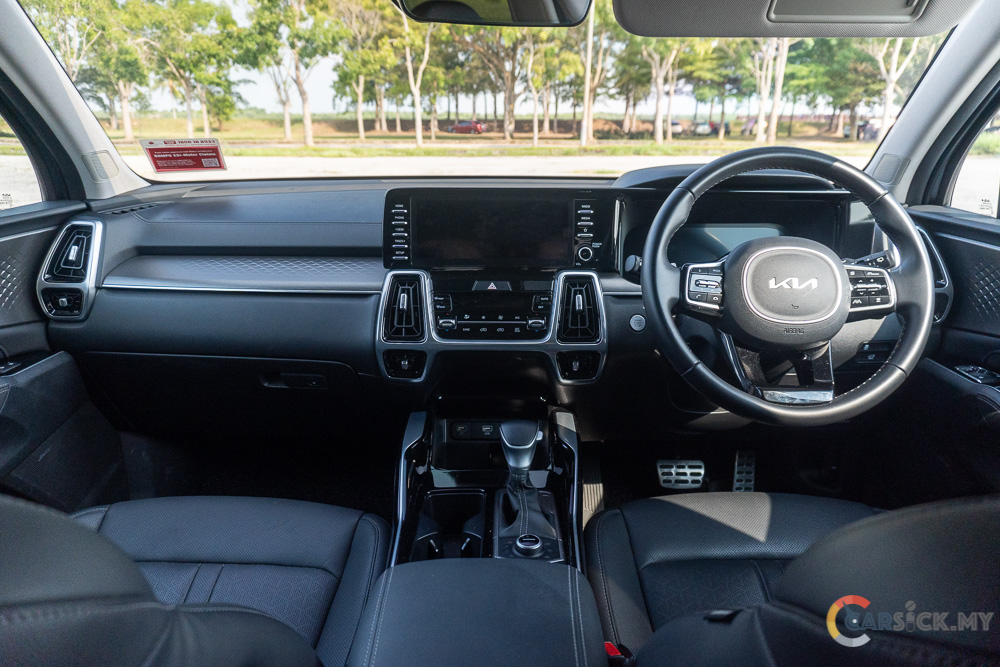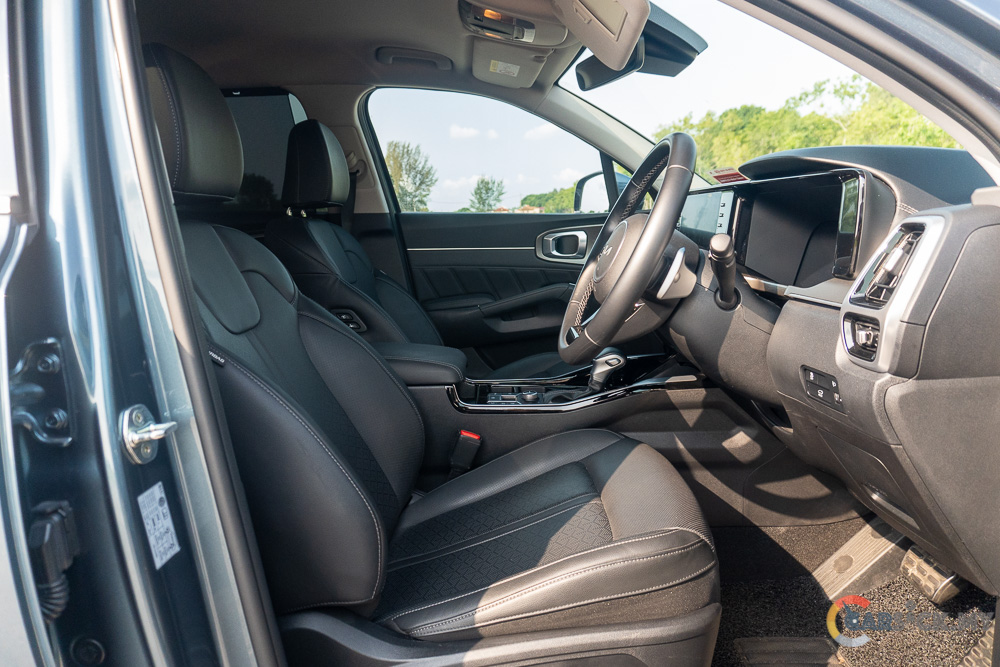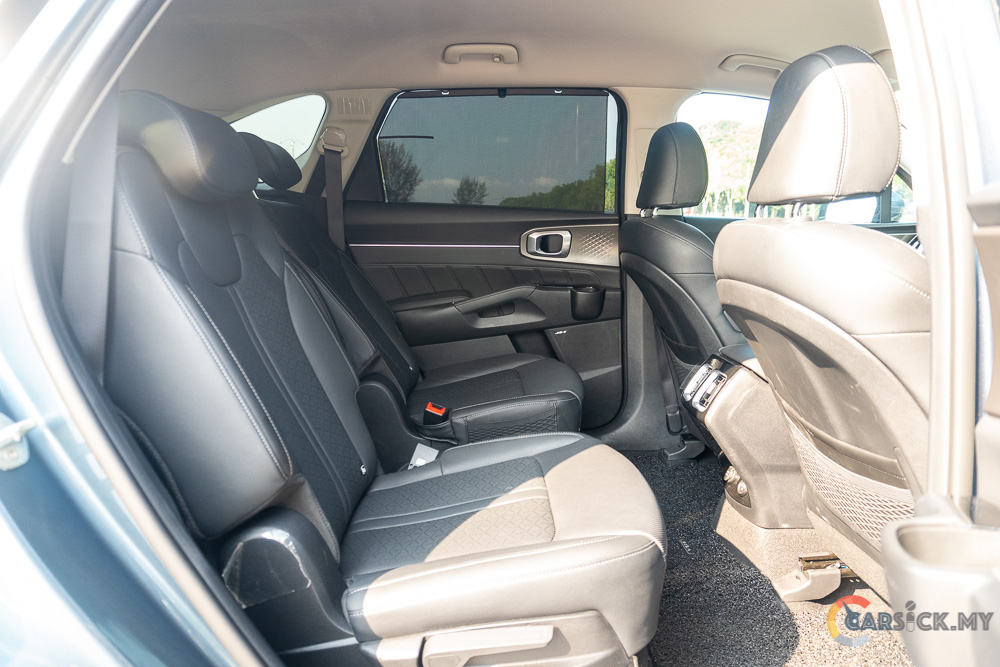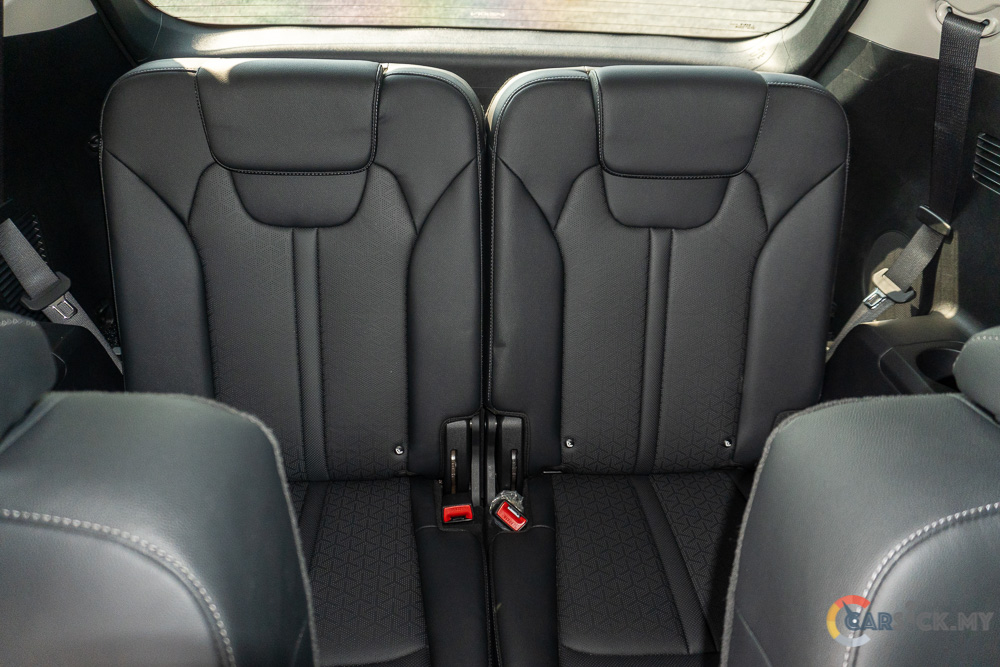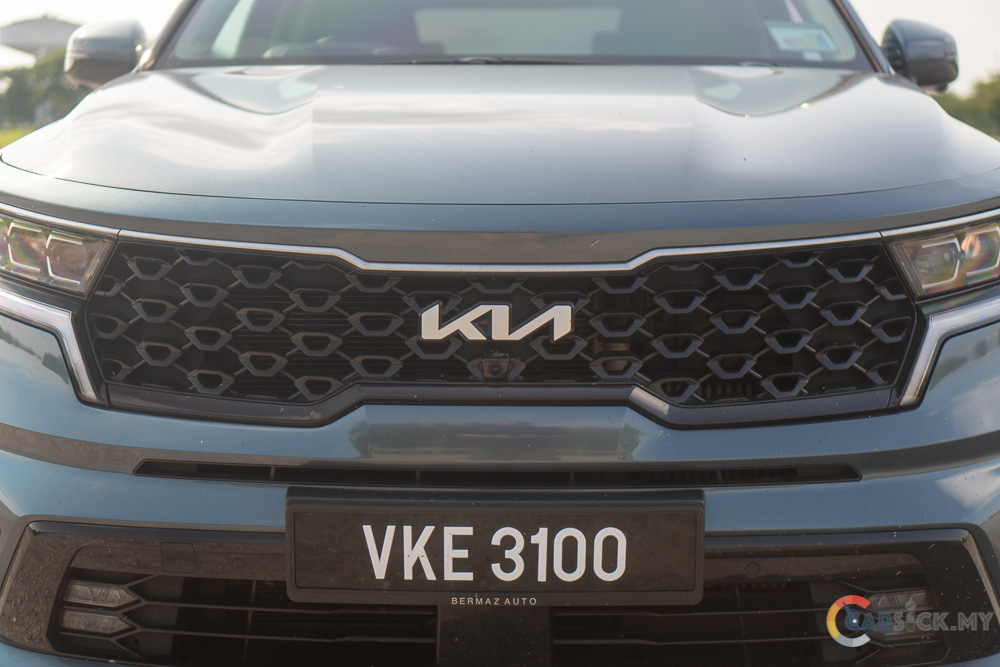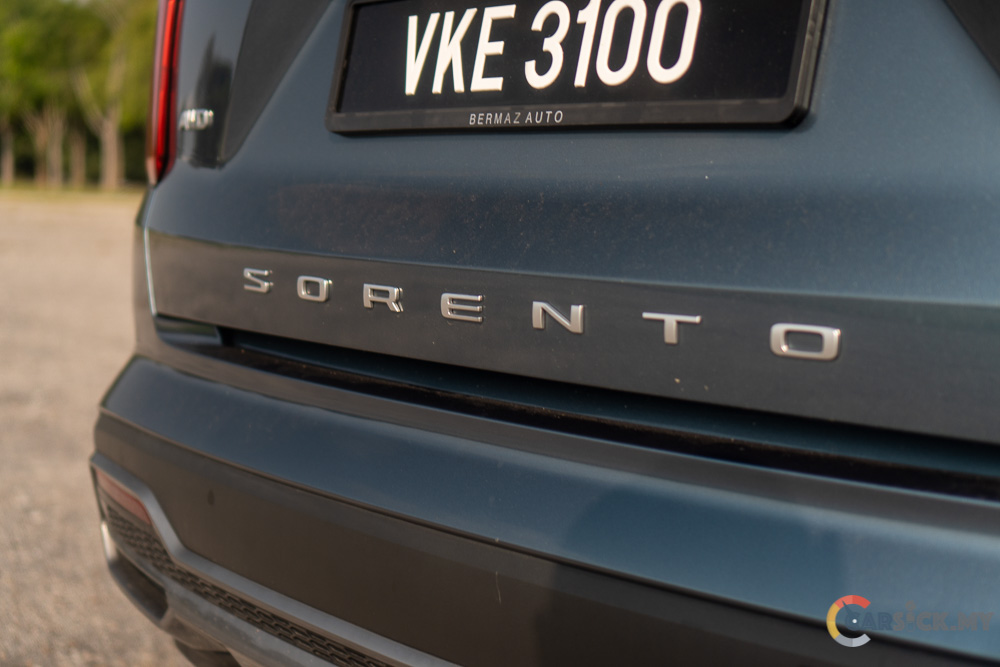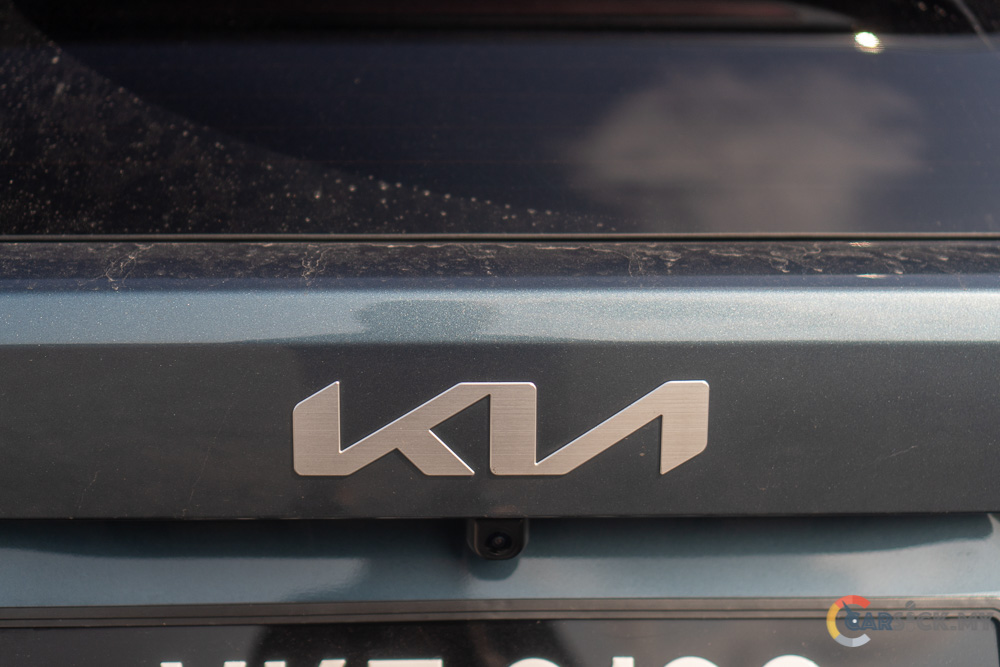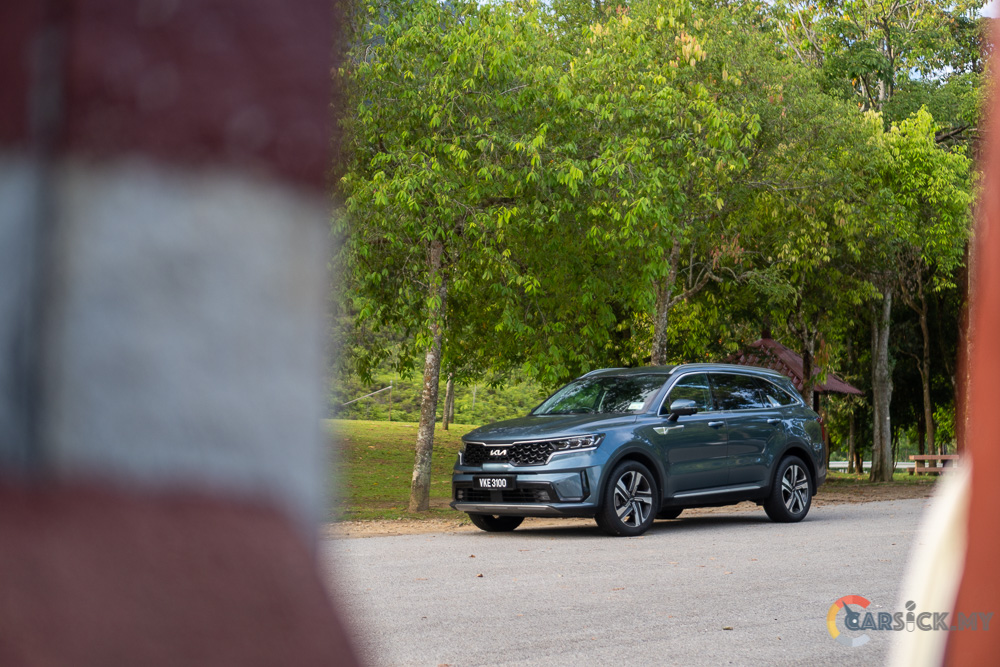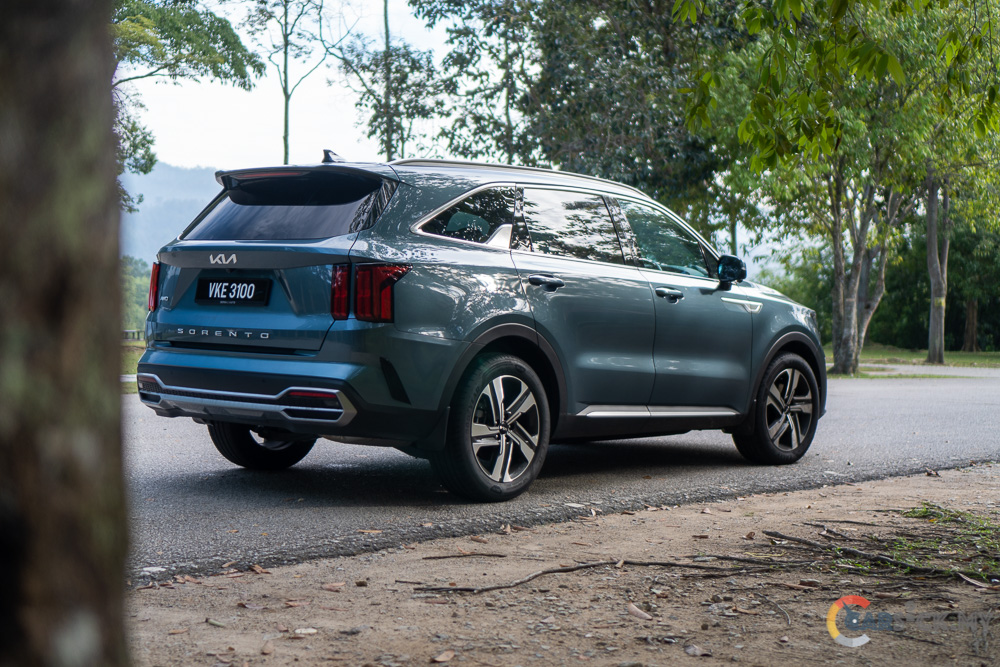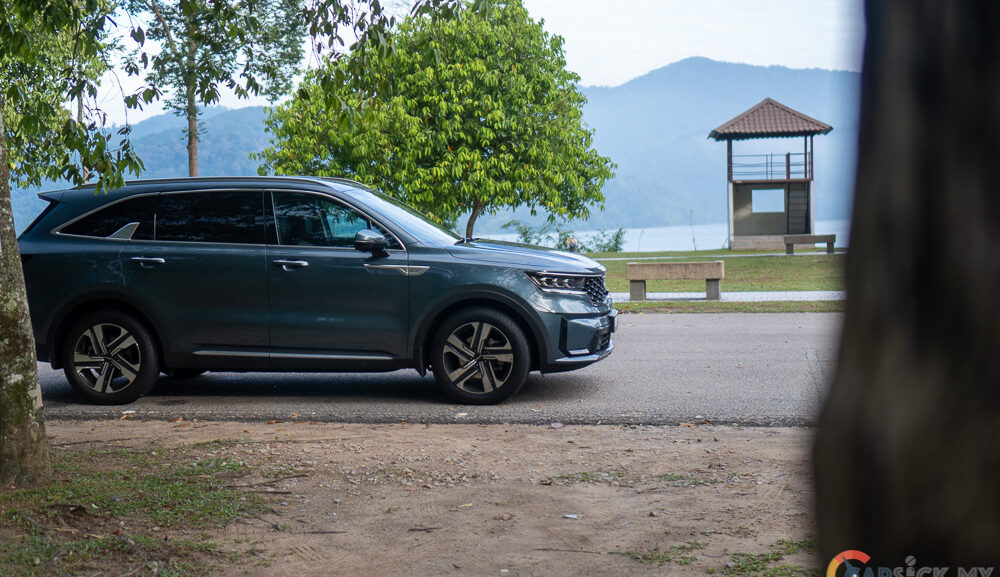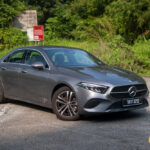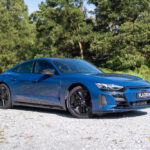While the Petrol iteration of the Sorento offered a pleasant driving experience, it failed to capture my enthusiasm as I saw room for improvement. On the contrary, the Sorento diesel tells a completely different tale. Shortly after exploring the Petrol variant, Bermaz granted me the opportunity to experience the diesel model. In this examination, I will delve into the reasons why I am particularly fond of the diesel version.
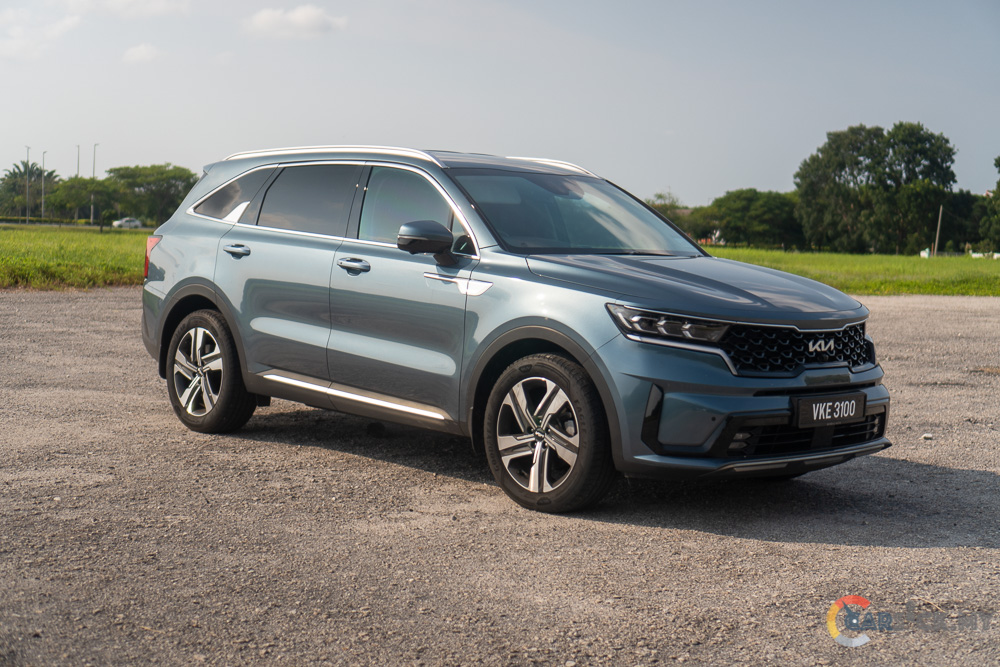
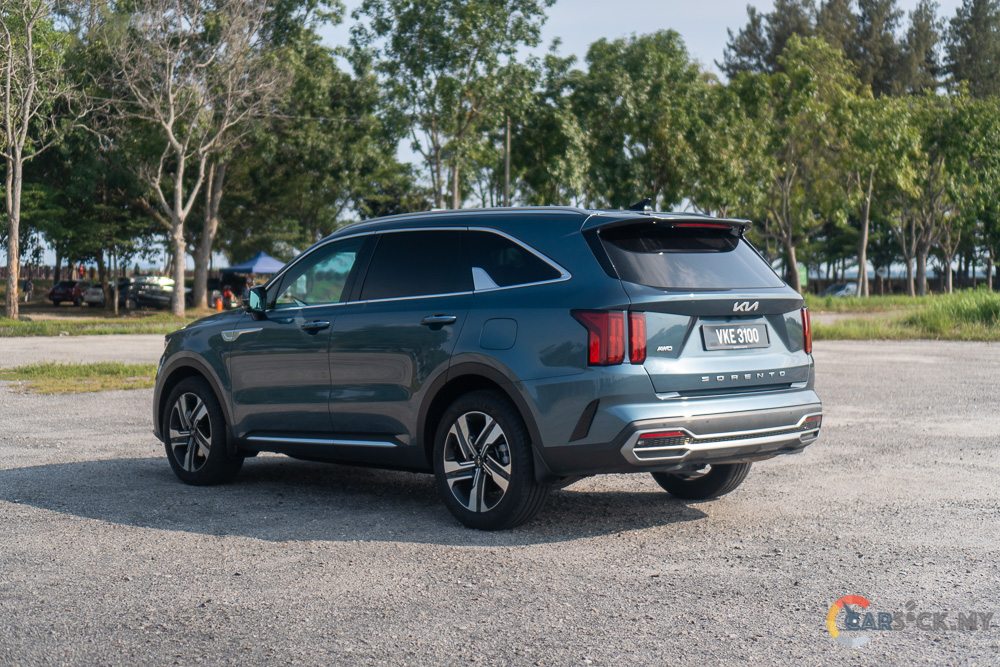 In terms of external aesthetics, the distinctions between the diesel and petrol variants are minimal. A casual observer might struggle to differentiate between the two when passing by. My stance remains firm that the Sorento boasts an appealing and masculine appearance. The diesel variant sports an AWD badge at the rear, signifying its all-wheel-drive capability. Additionally, this diesel version comes equipped with 19-inch rims, one inch larger than the base Sorento, with a tire size of 235/55 R19.
In terms of external aesthetics, the distinctions between the diesel and petrol variants are minimal. A casual observer might struggle to differentiate between the two when passing by. My stance remains firm that the Sorento boasts an appealing and masculine appearance. The diesel variant sports an AWD badge at the rear, signifying its all-wheel-drive capability. Additionally, this diesel version comes equipped with 19-inch rims, one inch larger than the base Sorento, with a tire size of 235/55 R19. 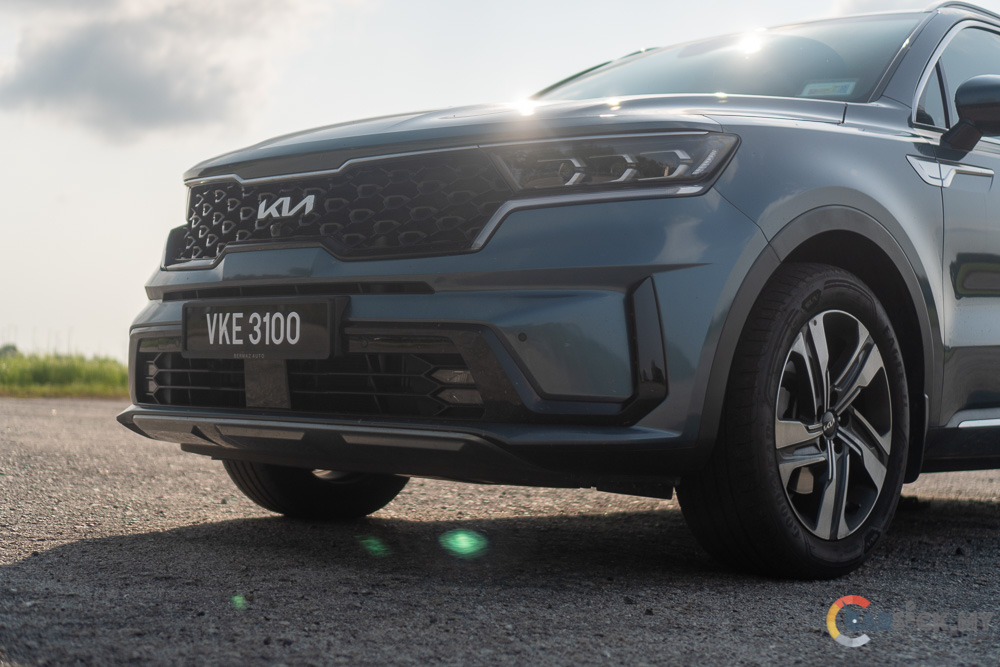
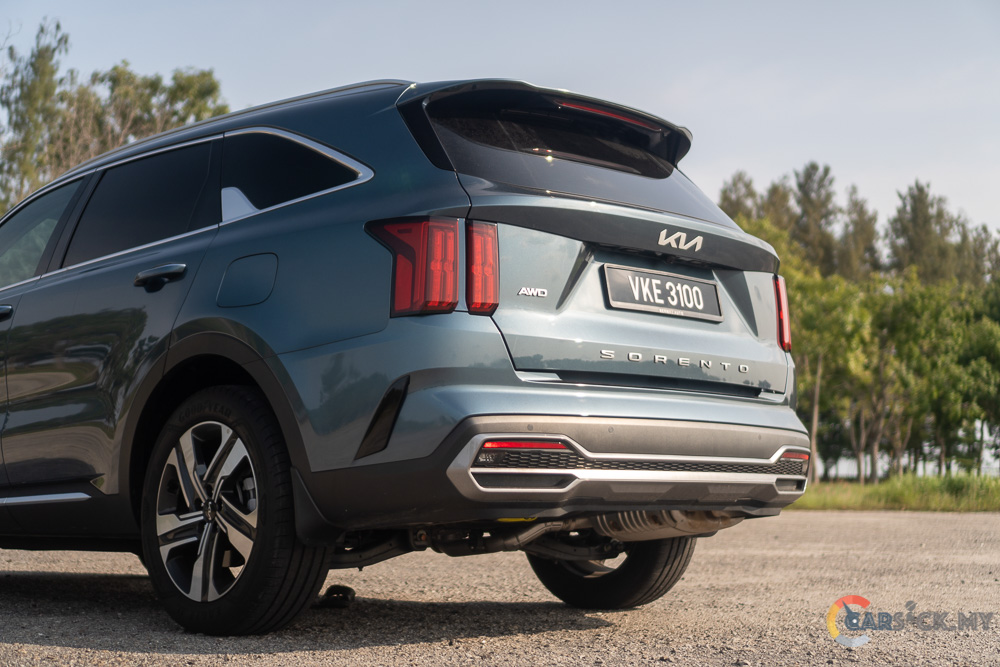
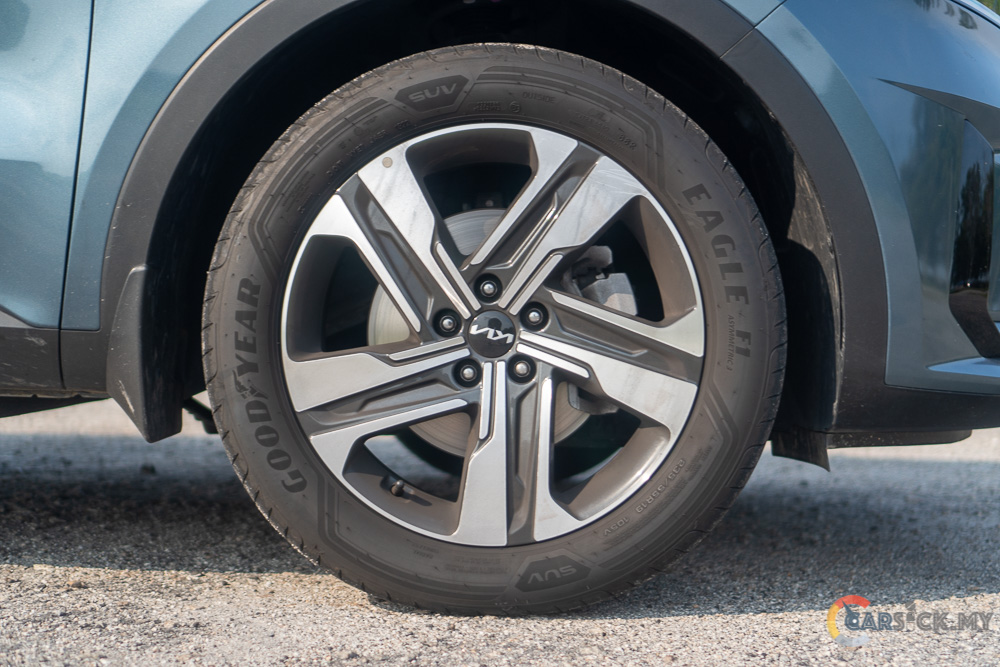
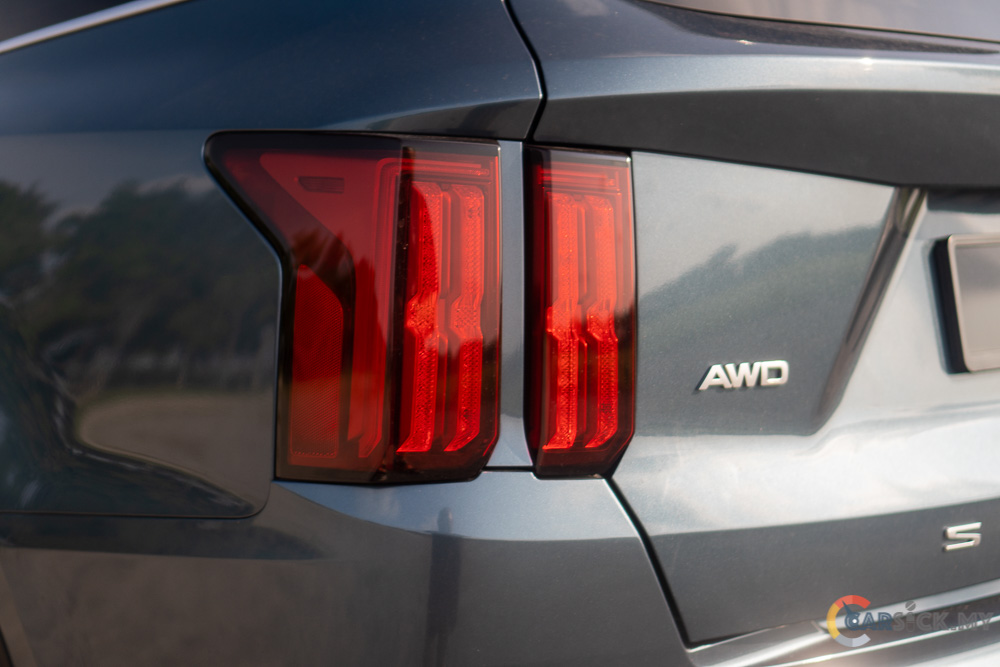
Stepping into the diesel Sorento, one can discern its higher-spec nature. The first noticeable feature is the leather-wrapped seats, maintaining the comfort level while adding a touch of premium quality. The seating comfort and ergonomics mirror those of the petrol variant. Notably, the diesel Sorento introduces two individual captain seats in the second row, offering remarkable comfort, ample legroom, and headroom. Despite a perceived lack of side support (a subjective preference), the individual armrests for second-row passengers add a luxurious touch. 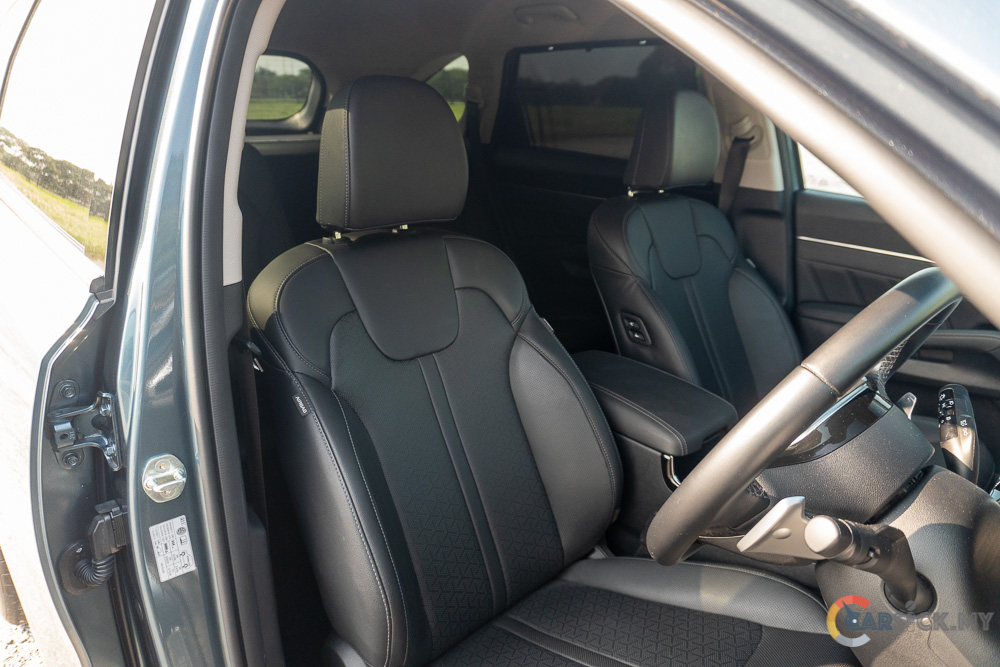
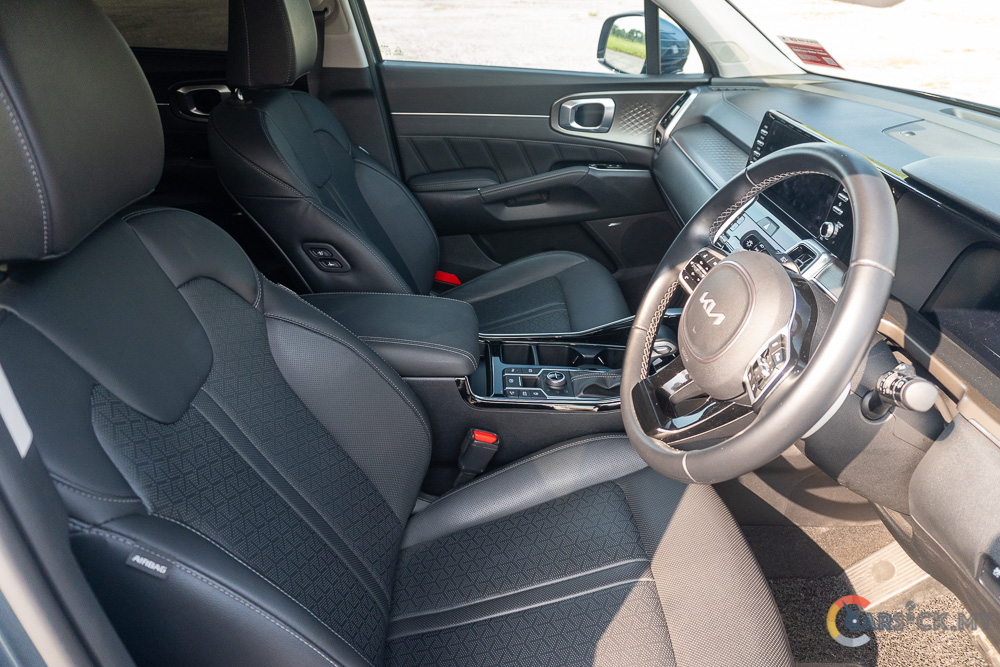
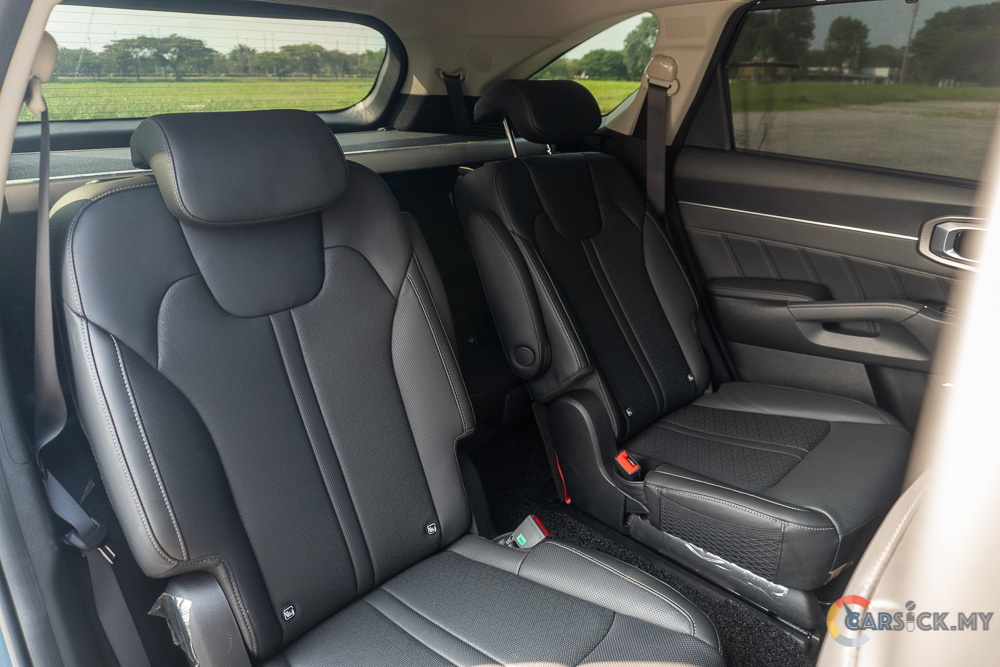
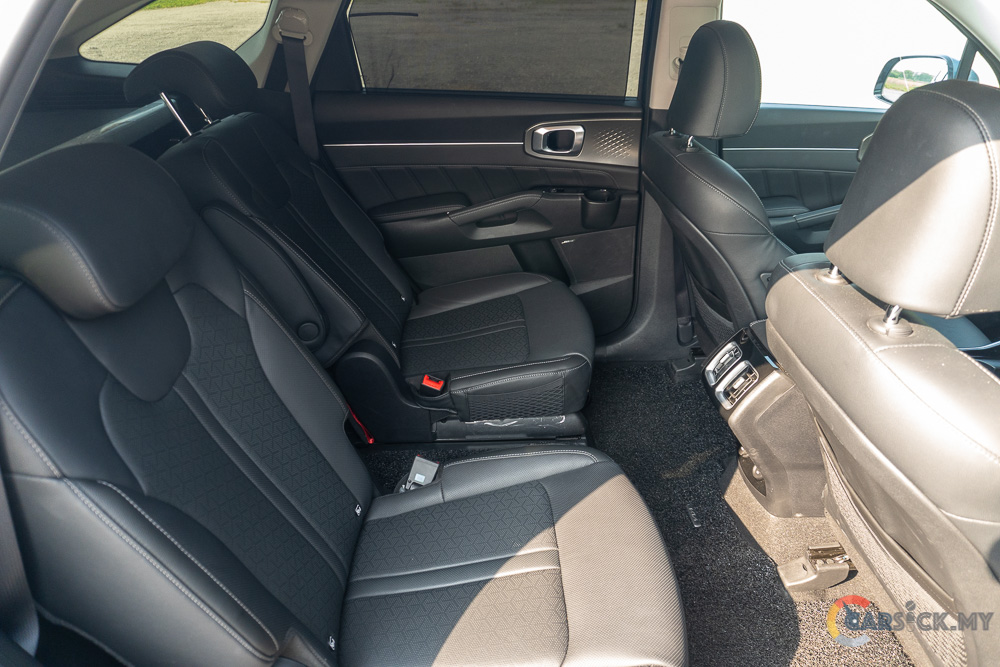
While the third-row seat remains consistent with the petrol variant in this 6-seater configuration, the introduction of captain seats in the second row contributes to a less claustrophobic atmosphere in the third row. The center walkway created by the captain seats provides more legroom for third-row passengers, although the seat back remains upright. The boot size remains unchanged, but opting to fold the third-row seat converts the diesel Sorento into a 4-seater SUV, accommodating larger items. 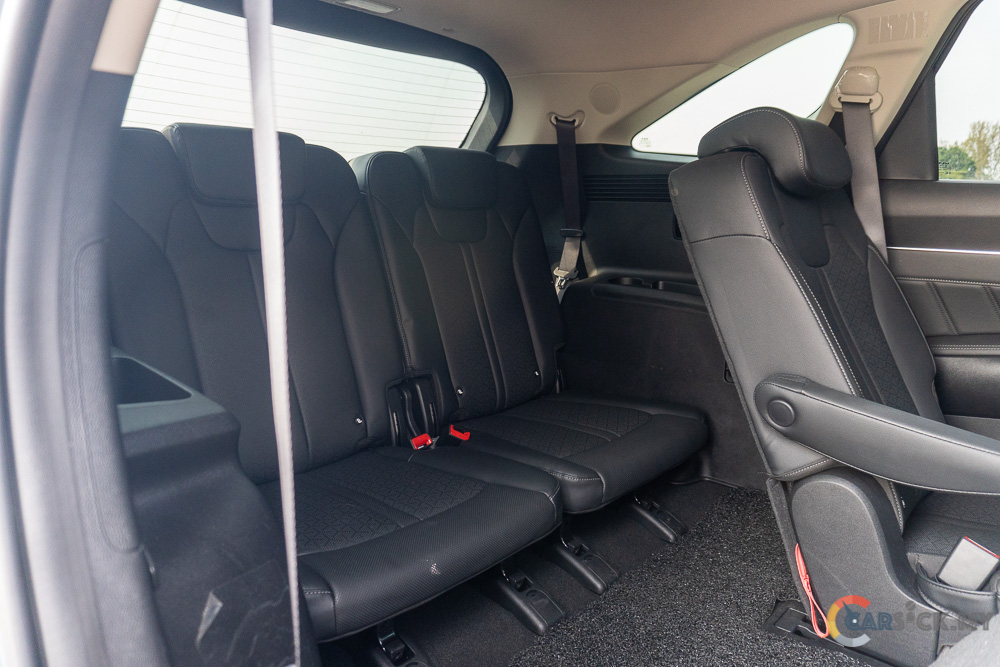
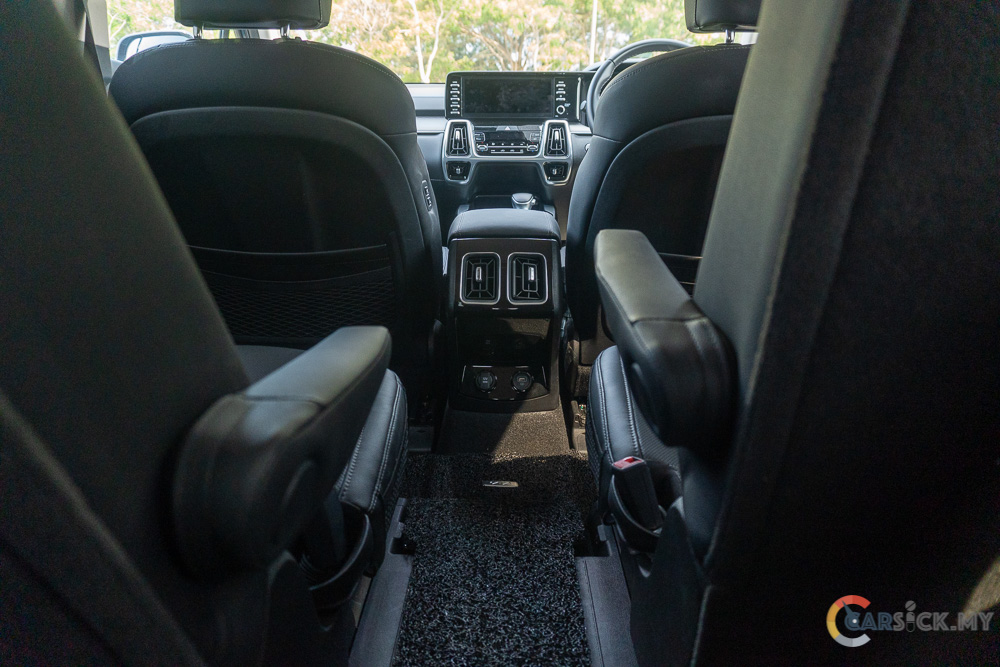
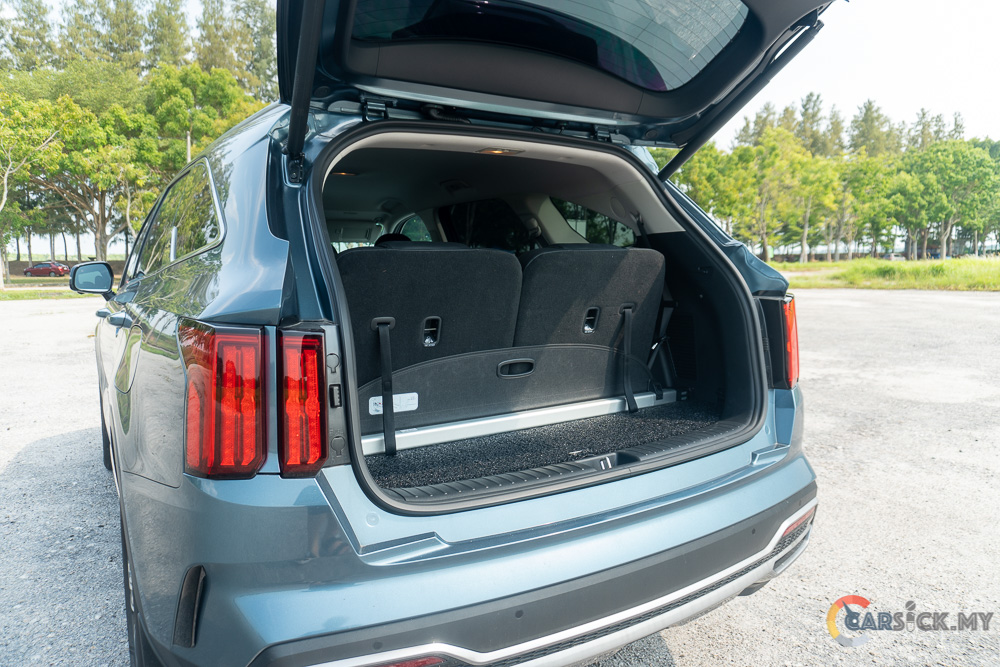
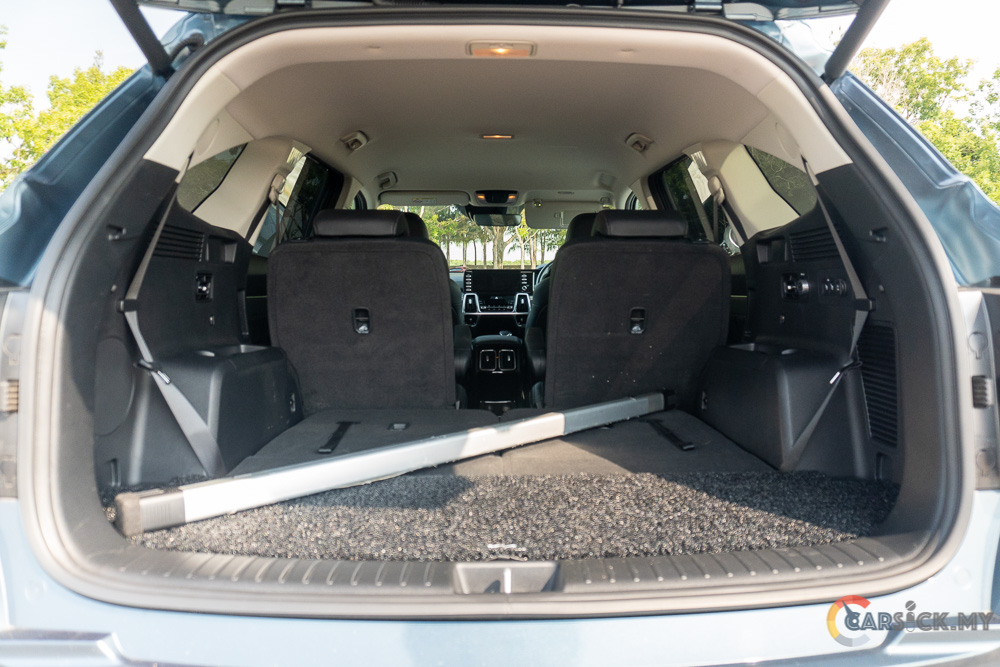
Turning attention to the dashboard, the diesel Sorento features a 12.3-inch digital instrument cluster, a notable upgrade from the petrol variant. This cluster allows drivers to customize meter graphics, a feature absent in the petrol version. The inclusion of a blind-spot monitoring system enhances safety, complementing the unchanged infotainment unit with added features like the 360-degree camera and a premium audio sound system. 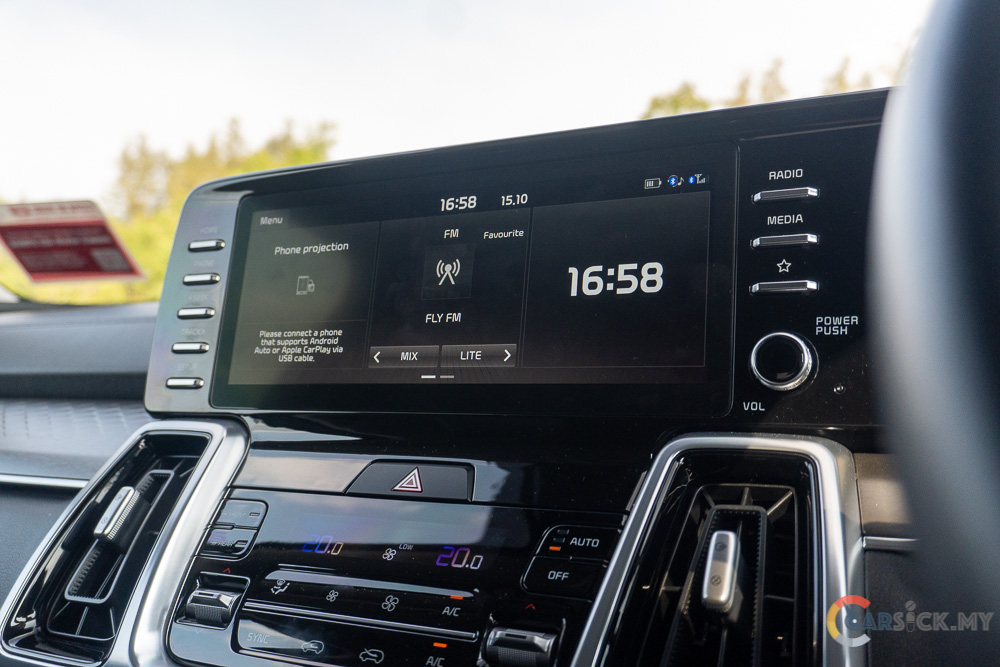
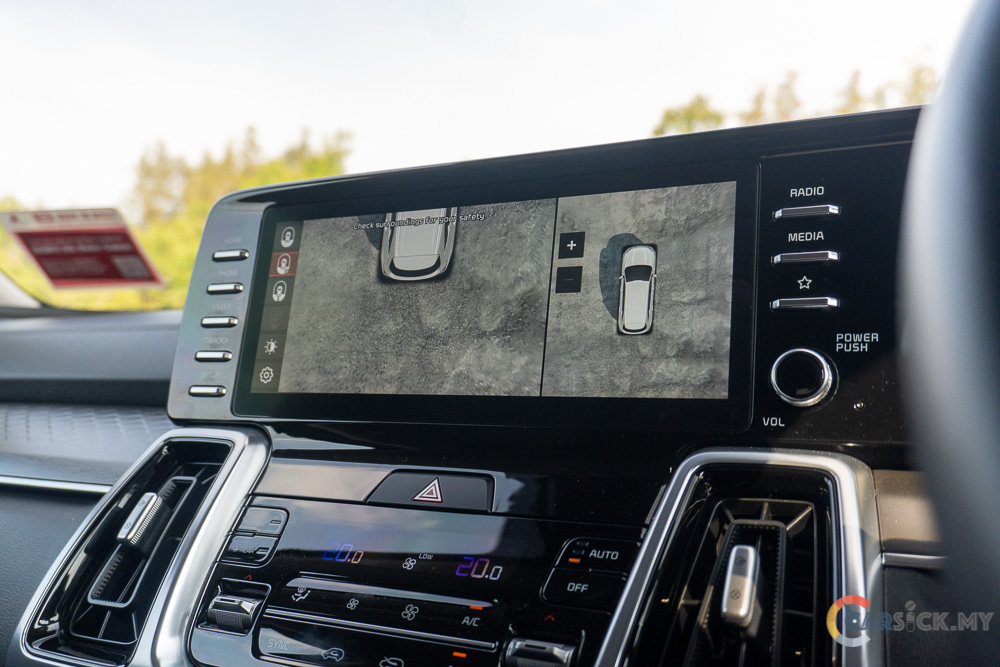
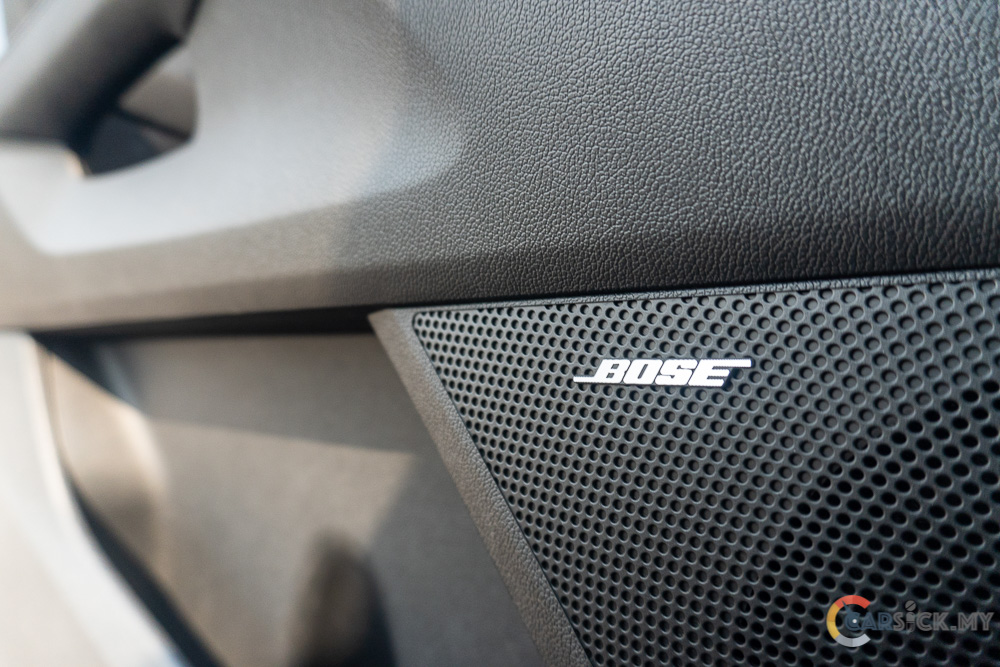
With the all-wheel-drive system, the Sorento includes a terrain mode selector on top of the drive mode. Paddle shifters add to the driving experience, especially during spirited driving, enhancing the overall feel. The highlight of this model is its turbo diesel engine, a 2.2L 4-cylinder paired with an 8-speed dual-clutch transmission. Generating a maximum power of 199 hp at 3,800 rpm and a peak torque of 440 Nm at 1,750 – 2,750 rpm, this engine excels in providing strong low-end torque. 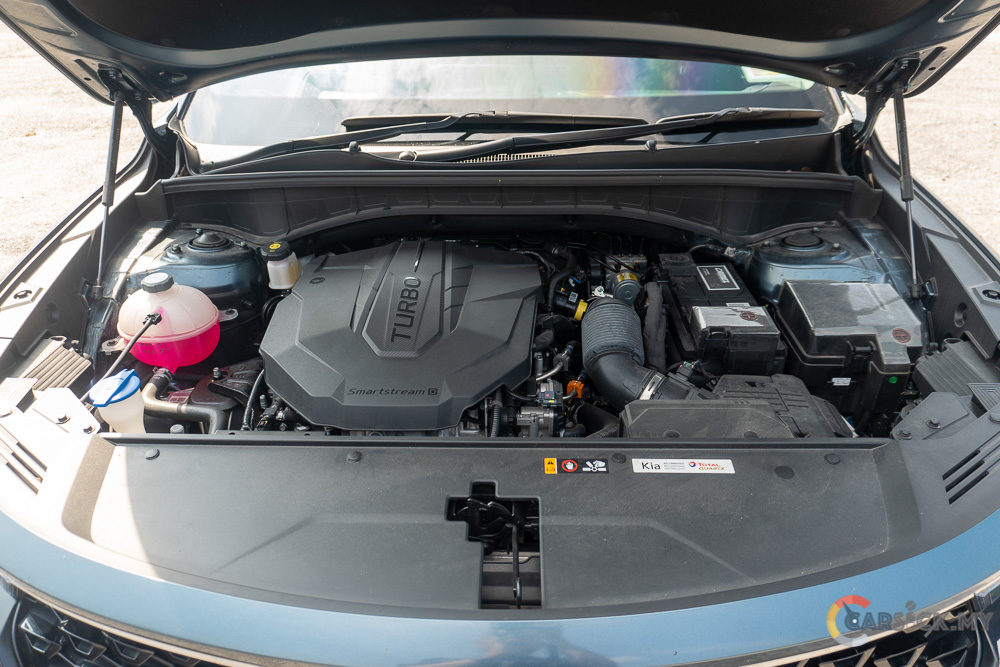
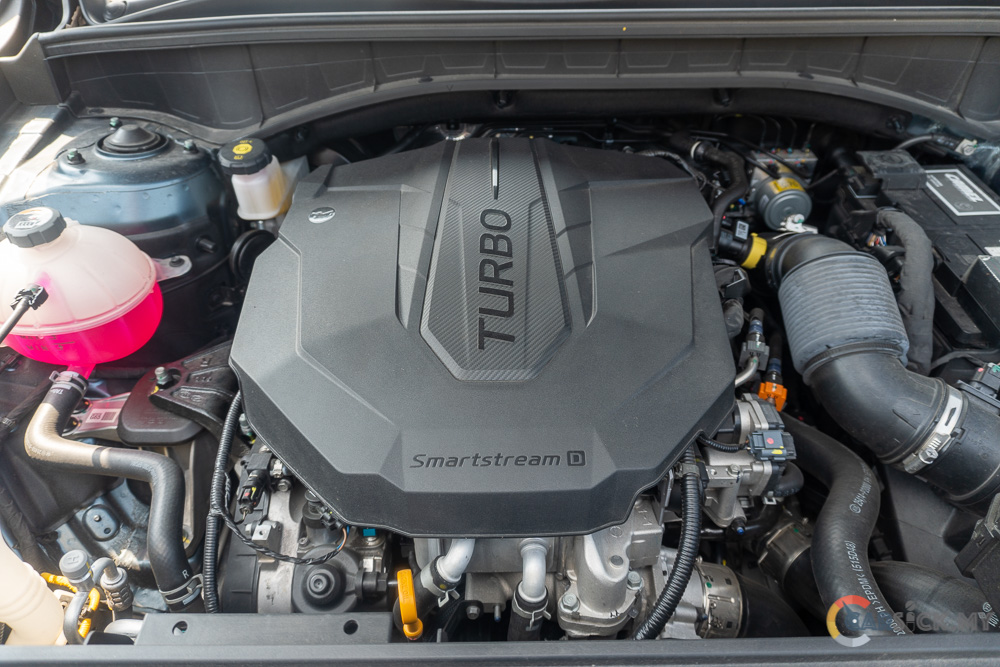
A diesel Sorento enthusiast, I find the vehicle’s performance commendable. The robust low-end torque enables the SUV to navigate traffic effortlessly, especially evident during uphill overtaking maneuvers. The diesel engine’s efficiency is notable, averaging around 9.5L/100km for such a sizable vehicle, potentially dropping to 7.5L/100km during long-distance cruising.
On the downside, the diesel engine produces some clatter, particularly audible from the outside. However, the sound is well-muted within the vehicle. The dual-clutch transmission proves quick and smooth, reminiscent of Volkswagen’s DCTs in terms of responsiveness.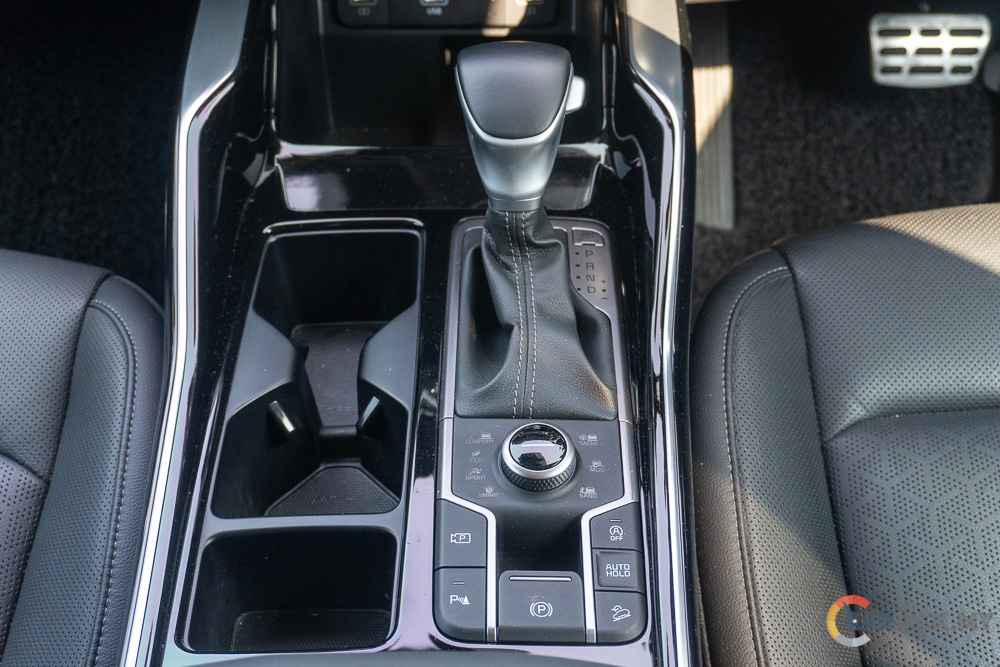
Similar to its petrol counterpart, the diesel Sorento displays impressive handling capabilities, further enhanced by the stability provided by the all-wheel-drive system. Confidence in cornering is high, allowing for powerful exits without wheel slippage. While the brake system mirrors that of the petrol variant, I note a need for brake upgrades to accommodate the additional performance. Adjusting the biting points on the brake pedal higher would be a personal preference.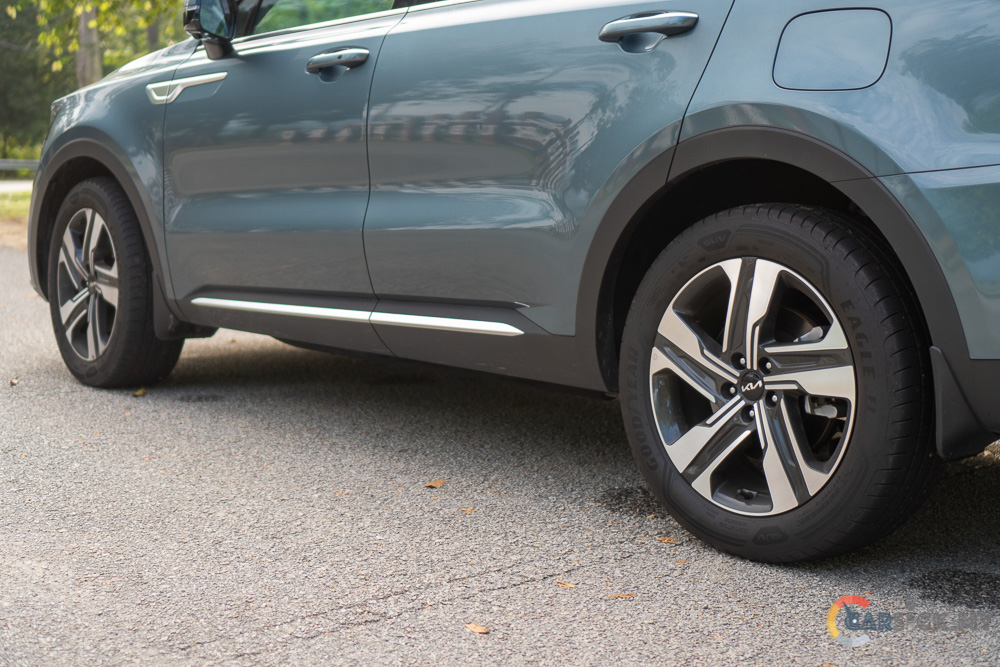
The Sorento Diesel, with its higher price tag of RM 255,228.00, offers more than just a driver assistance system found in the base spec model. The inclusion of a blind-spot monitoring system, distinct from the blind spot indicator system, enhances the overall driving experience. The safety features include ABS, EBD, BA, ESC, TCS, and ROA, while driver assistance systems comprise HBA, BCW, BCA, BVM, RCCA, LKA, DAW, FCA, LFA, SCC, MCB, and HAC.
Despite the higher cost, the Sorento Diesel stands out for me as an SUV worth owning. The substantial torque, fuel efficiency, and added features outweigh the drawbacks, such as the two captain seats in the back. Ignoring this minor inconvenience, the Sorento emerges as an SUV that I would gladly own and drive daily.
Check out full photo album here.
